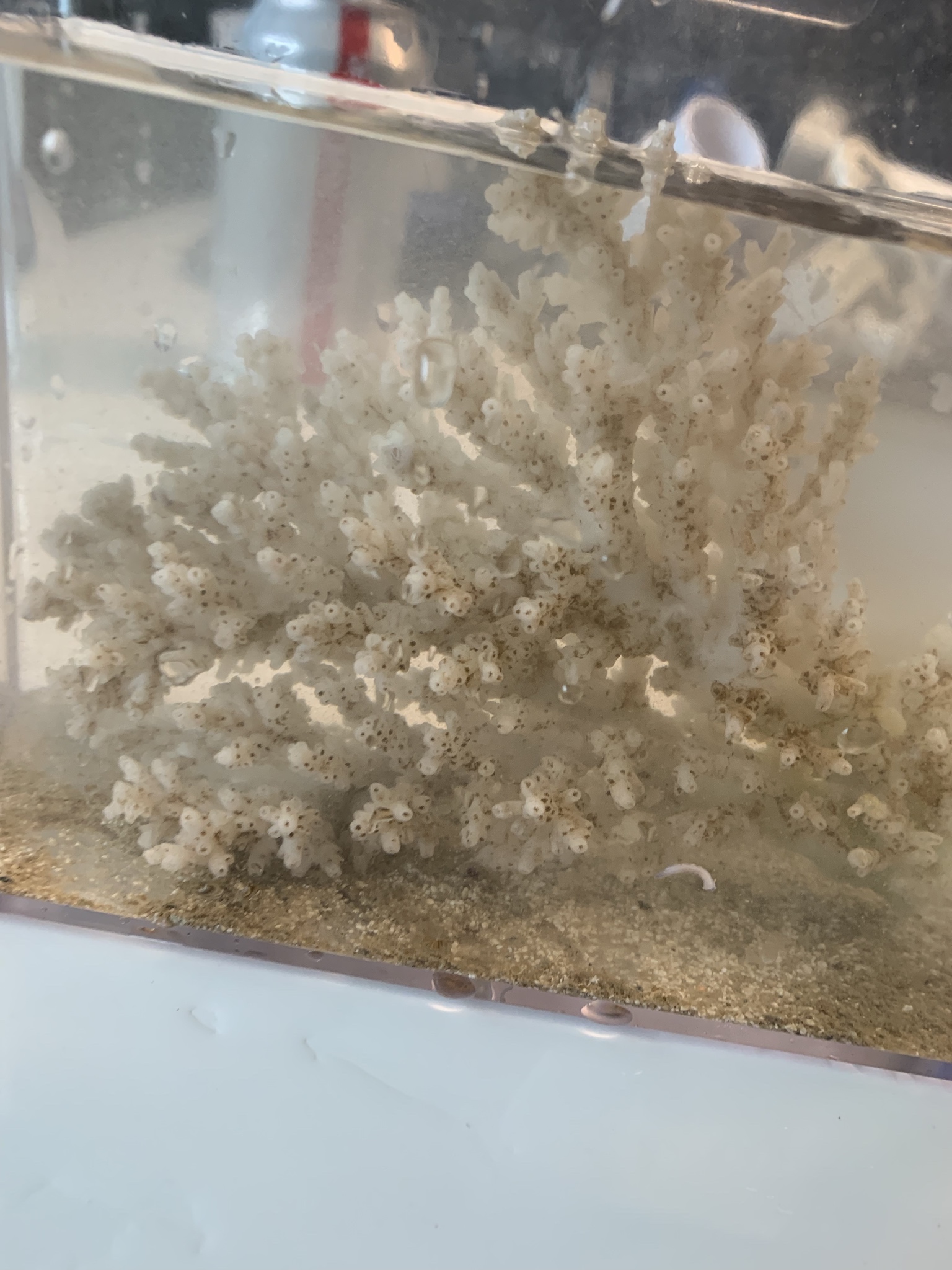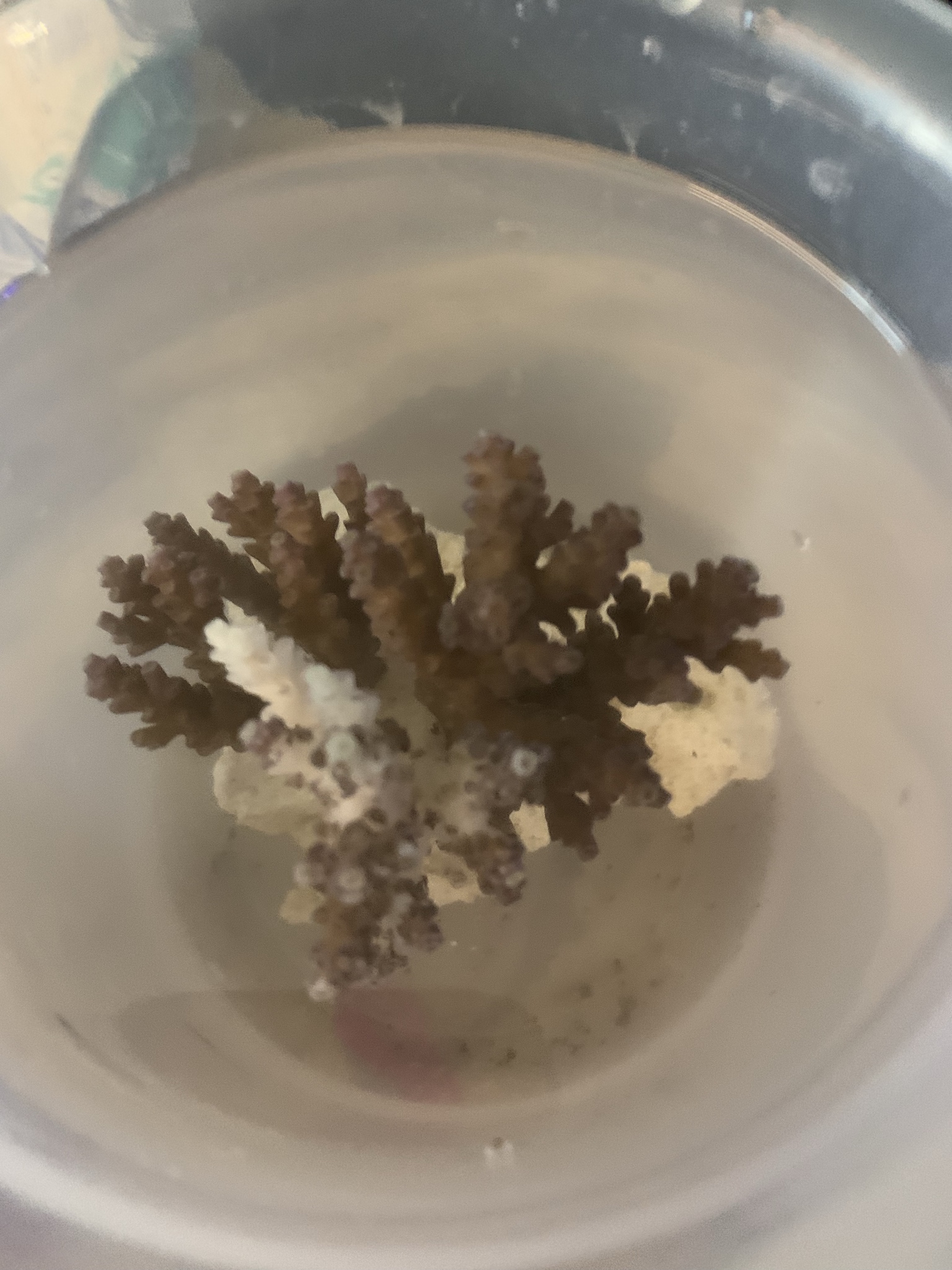- Joined
- Feb 11, 2019
- Messages
- 207
- Reaction score
- 176
Hi Dr Deukmedjian here, there are now many others that have also found the RTN and STN parasites as the cause of coral tissue loss and have posted including Andre . This is realSounds as if nobody ran across Docs thread on the SPS Facebook group, last I saw it was around 1400 posts but impossible to follow do to how Facebook isn’t designed well for comments flowing smoothly IMHO
I’ve used both the intank and the dip and had success along with failure but that’s for another thread.
I’ve been waiting for nearly a month for this to come to R2R so those with knowledge can share some wisdom.
Docs claim that the philaster and one other I can’t spell are the sole reason for ALL STN/RTN
Not some but all, 100% the sole culprit.
That’s were I need enlightenment, thats a tough pill to swallow and I followed the FB thread from the 1st post.
Like to hear some others with insight share some thoughts.




















